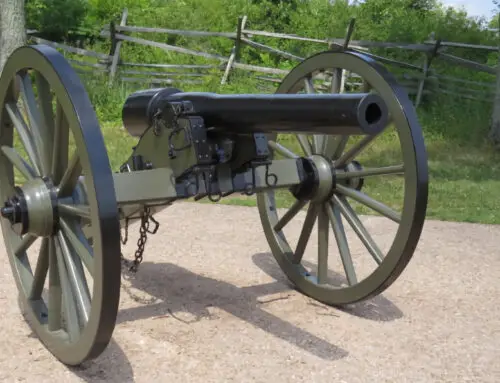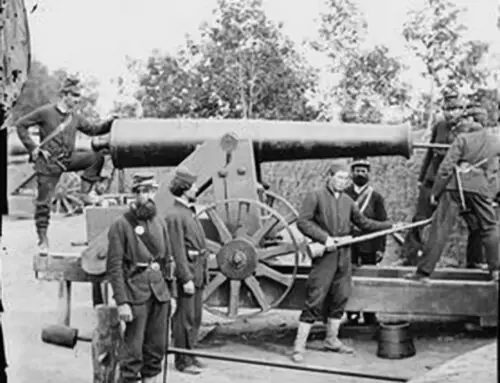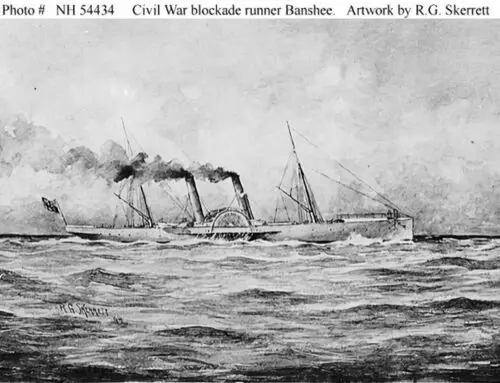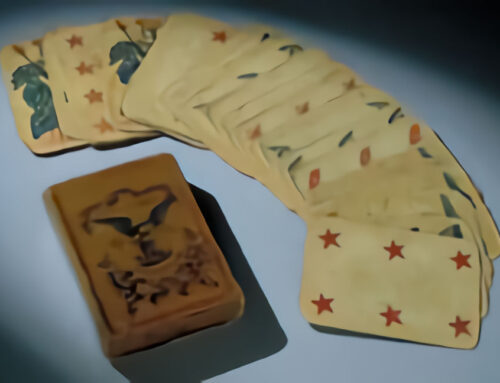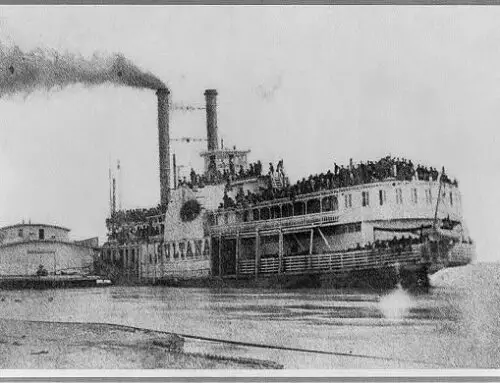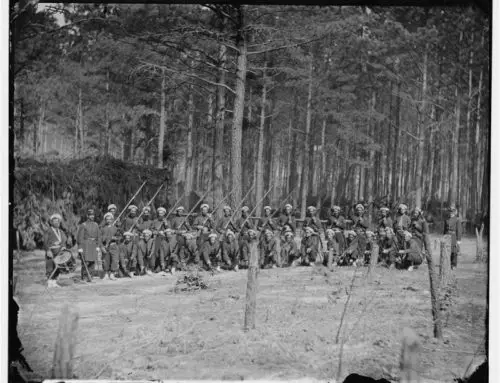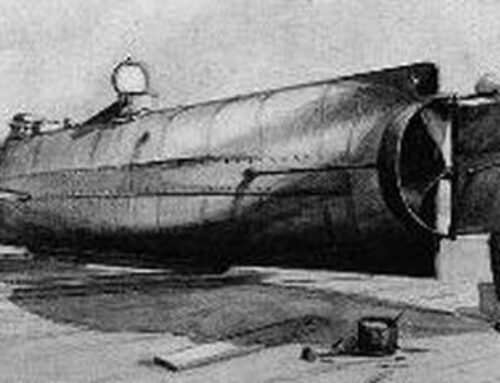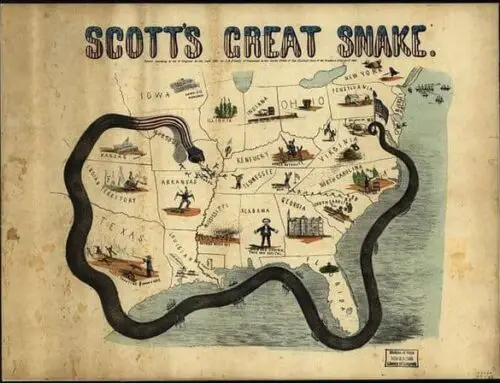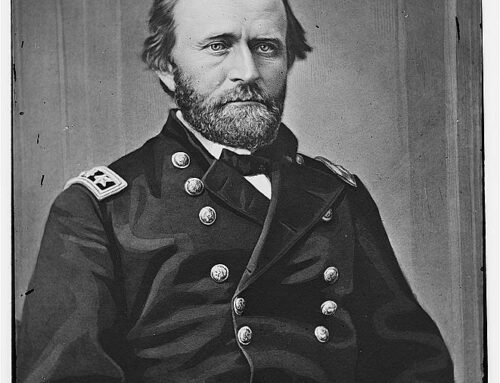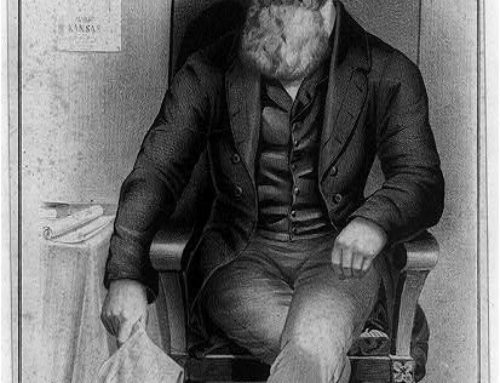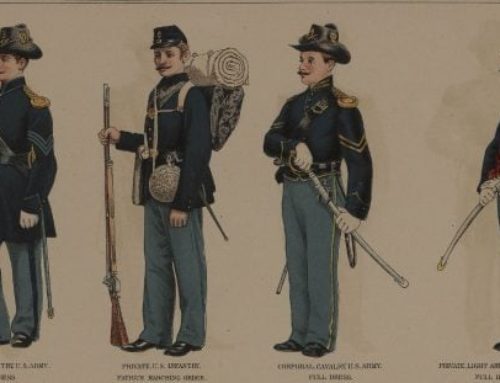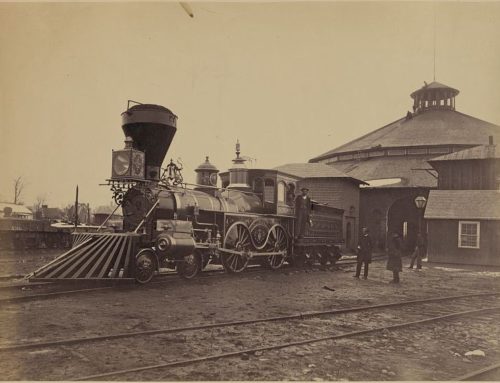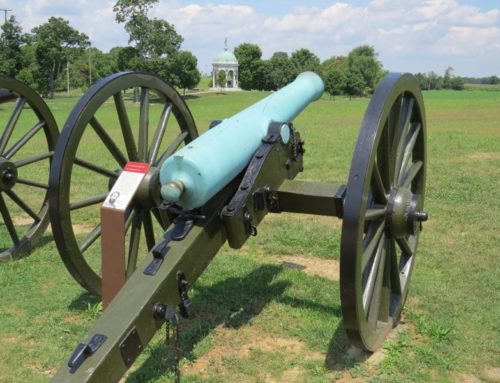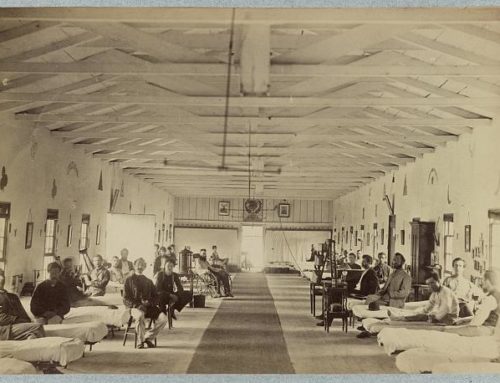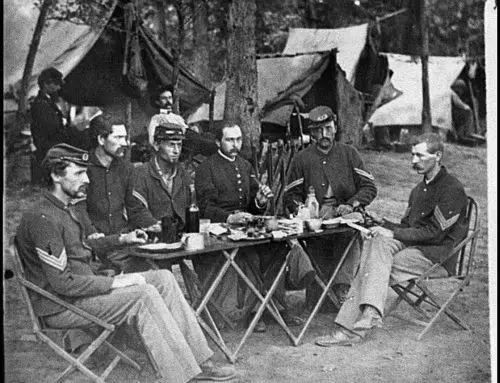Civil War flags were an important symbol on every battlefield not only during the American Civil War but during pretty much all wars.
The flags main duty was to serve as a rallying point for troops on the battlefield. Since there was massive confusion during a Civil War battle units became separated and so Civil War flags made it easy to see your comrades among the chaos and move toward it to reform your unit.
Basically flags were the center point of every unit. It was the most important thing to every soldier on the battlefield.
Civil War battle flags were carried by a soldier called a color bearer. His job was to make sure the flag was flying and visible at all times during the fight. Now of course he had to have some protection. Usually around 50 soldiers were assigned to protect the flag. These soldiers were called the color guard. Their sole job was to protect the flag no matter what the cost.
Now if the color bearer were to get shot the flag would immediately be picked up by one of the color guards.
Of course the very worst thing that could possibly happen to a unit during battle, besides being all killed or captured, was if the enemy was able to capture their flag. This would really kill the morale of soldiers if they lost their flag to the enemy, not to mention the incredible morale boost to the side that captured the flag.
Needless to say Civil War flags played a major role during the war and served as a most important piece of battlefield equipment to both sides.
Below are pictures of some Confederate army flags and American army flags that were actually used during the Civil War.
An unknown Virginia regiment carried this flag. On April 8, 1865, Major Thomas Ward captured it near Namozine Church. Major Ward was General George Custer’s brother-in-law.
This is a Brigade headquarters flag. These flags were often in the shape of a triangle. It is the flag of the 3rd Brigade, 2nd Division of the 9th Army Corps.
This confederate army flag was carried by a regiment in Major General William Mahones division. The regiment surrendered at Appomattox Courthouse along with the flag on April 9th 1865. A Union soldier decided to keep the flag and went home with it.
This is a very famous flag. It adorned the front of the Presidential box at Fords Theatre, in Washington, D.C. on the night of April 14th, 1865. John Wilkes Booth caught his spur and tore this flag as he jumped from the Presidential Box to the stage after assassinating President Lincoln.
This flag has the First National pattern with 9 stars on the canton. The large size of this flag indicate it was used as a storm flag during bad weather.
On April 14th 1861, soldiers of the 18th South Carolina regiment raised this confederate army flag over the captured fort Sumter. The Palmetto flag confirmed the start of the Civil War.
Major Robert Anderson raised two American Civil War flags over Fort Sumter on December 26, 1860. It was flying on April 12, 1861 when the Confederate forces began firing on the fort.
After the garrison flag (see above flag) that was flying over Fort Sumter had ripped, the Union soldiers raised this smaller storm flag in its place. Civil War flags were important and the original had to be replaced by this one.
The 2nd North Carolina Volunteer Infantry regiment carried this battle flag. The soldiers painted names of the 7 battles they fought in. The battles document the regiment’s service in 1862 and 1863 during the Peninsular Campaign, the Antietam Campaign, the battle of Fredericksburg, and the battle of Chancellorsville.
The 7th Georgia Regiment carried this Confederate army flag into battle.
Major General Winfield Scott Hancock used American Civil War flags. He had an enlisted man carry this flag on horseback so that he could be easily located on the battlefield.
Joe E. Brown, Governor of Georgia during the Civil War owned this Confederate army flag.
This flag was made during the first months of the war. It is embroidered with a wreath and the words Cherokee Dragoons. This early war unit became part of the ‘Phillips Legion’ that served in Virginia.
The 10th Virginia Infantry Regiment carried this flag during the first battle of Manassas on July 21, 1861. The flag is marked with “Horstmanns Phil” indicating the flag was made in Philadelphia and shipped south. The missing stars in the canton are the result of battle damage.
This flag was carried into the field by Brigader General Daniel Butterfield’s brigade during the second battle of Manassas, August 30, 1862.
This flag belonged to the Staunton artillery (Garber’s battery), Virginia. It is unclear why the artillery battery used an infantry flag, and didn’t have a regulation artillery flag. Most likely reason was that since the flag is a late war model the artillery model simply wasn’t available.
This flag is of the “Hardee” Corps pattern. All regiments in General Hardee’s corps were issued blue Civil war flags with a white circle or oval in late 1862 and early 1863. The flag was captured at Jonesborough, Georgia on September 1, 1864.





















